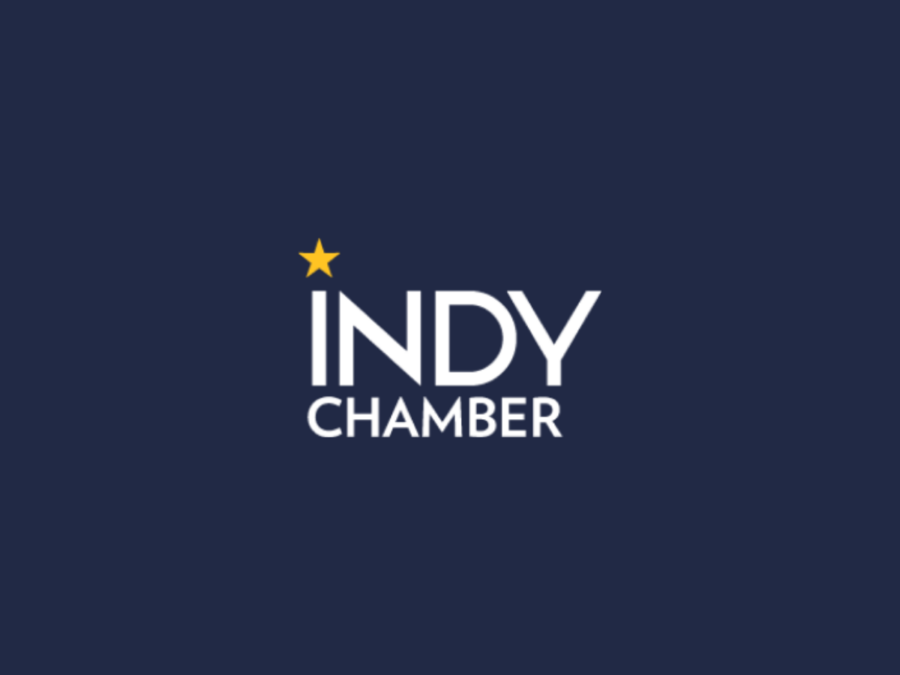It’s now been a full decade since the housing crisis of 2008 – and in many ways, it feels like Indy real estate has bounced back from the days when plummeting home values were wreaking havoc on the U.S. economy. Even as the winter months approach, the market’s still sizzling; year-over-year home sales have risen 28 of the last 33 months, and local sellers are getting an average of 98% of their asking price amid high demand.
But it’s clear that there’s much work to do in restoring the American Dream in the Circle City. Mirroring the U.S. trendline, the homeownership rate in Marion County has declined over the last ten years; this shared trajectory keeps us behind much of the country: The Indianapolis homeownership rate hovers at 55.75 percent, below the national rate of 63.5 percent and the 59.8 percent average for urban areas.
Big challenge, major catalyst:
That’s why the ‘Live’ strategy of the Anchor Revitalization Strategy is so critical; increasing homeownership enhances stability and safety in the urban neighborhoods shared by our anchor institutions, expanding the property tax base and improving the odds of ongoing redevelopment across the city core.
Anchor housing partnerships build on the work that’s already being done to break down barriers to homeownership by the Indianapolis Neighborhood Housing Partnership (INHP). For 30 years, INHP has helped tens-of-thousands of low-to-moderate income Marion County residents buy a home with financial education, personalized credit and mortgage advising, affordable home loans and down payment assistance programs.
Additionally, over the last five years, INHP’s mission has evolved to acknowledge a more comprehensive set of challenges around homeownership and neighborhood vitality.
“Our mission continues to center on people, and putting people on the path to homeownership,” said Joe Hanson, INHP’s chief financial officer. “But we recognize that people demand and deserve great places to live, and there was a role for us to play as a ‘community catalyst’ enhancing our neighborhoods.”
Partnerships for progress:
To pursue these broader aims, INHP stepped up its collaborative efforts with community-based organizations like the Local Initiatives Support Corporation (LISC) and Keep Indianapolis Beautiful (KIB), among others.
“We work with KIB on planting tree canopies, for example – the kind of place-making that improves the basic ‘livability’ of neighborhoods,” Hanson explained. “And INHP helps fund LISC’s façade grant program, because appealing commercial development impacts nearby housing, as more people want a walkable lifestyle close to shopping and daily necessities.”
INHP is also a partner with The City of Indianapolis, LISC and the Indy Chamber in the ‘Great Places 2020’ neighborhood planning and development initiative – the same core partnership that conceived the anchor institution strategy.
Anchor advantages & ambitions:
“The initial inspiration behind the anchor initiative was a fiscal reality – our major nonprofit institutions don’t pay property taxes, but they do provide tremendous civic and economic benefits,” Hanson recalled. “Our question was, how do we maximize those benefits?”
As planning got underway, the potential around “maximizing anchor benefits” looked larger and farther-reaching: The ability to repopulate swaths of the city by focusing homeownership incentives on anchor employees (‘Live’), the potential to match neighborhood residents with nearby jobs with targeted training programs aligned with anchor workforce needs (‘Hire’), and the possibility of ‘recapturing’ billions of dollars in spending to boost local businesses by matching anchor procurement with Indy-based suppliers (‘Buy’).
“The anchor strategy exists at a ‘sweet spot’ of housing and neighborhood redevelopment, economic and workforce development,” Hanson said. “That’s why it was critical to pursue this in tandem with the Indy Chamber, LISC, and EmployIndy. We wouldn’t have approached anchor institutions about a ‘one off’ homeownership project, though we have great relationships with most of the anchors. We wanted the concerted impact of this effort firing on all cylinders – Live, Buy and Hire.”
And though INHP’s existing program infrastructure and a $26 million grant from the Lilly Endowment jump-started the ‘Live’ segment of the strategic, Hanson has high hopes for the overall approach (and stories of ‘Buy’ partnerships already emerging from Eskenazi Hospital and Community East validate his optimism).
Supply & Demand:
Almost a year-and-a-half after the initial launch of the ‘Live’ initiative, INHP has recorded nearly 25 closed mortgage loans using its down payment assistance incentive, nearly 20 more home repair loans, and an ever-growing pipeline of more anchor employees who have taken homeownership classes or are exploring homebuying opportunities. But Hanson is mindful that successfully scaling up ‘Live’ will highlight another issue in Marion County – the mismatch between limited housing supply and growing homebuyer demand.
“We’re using grant funding and the New Markets Tax Credits [NMTC] to develop or rehabilitate properties in neighborhoods like Riverside, Crown Hill and St. Clair Place,” he said.
INHP is leveraging $5 million to support the construction of 29 new houses in these three neighborhoods, as one of just a handful of entities across the country using the NMTC as a source of innovative financing for affordable housing;
“INHP is now the largest developer of single-family affordable housing in Marion County,” Hanson explained. “We hope that a more comprehensive affordable housing strategy will moderate our role, but believe there’s an urgent need to address access to and affordability of housing in our city.”
So even as the traditional homebuying season comes to a close, the team at INHP are tackling the wide-ranging issues impacting housing as a year-round endeavor – and making every day count as a catalyst for homeownership and community empowerment.



